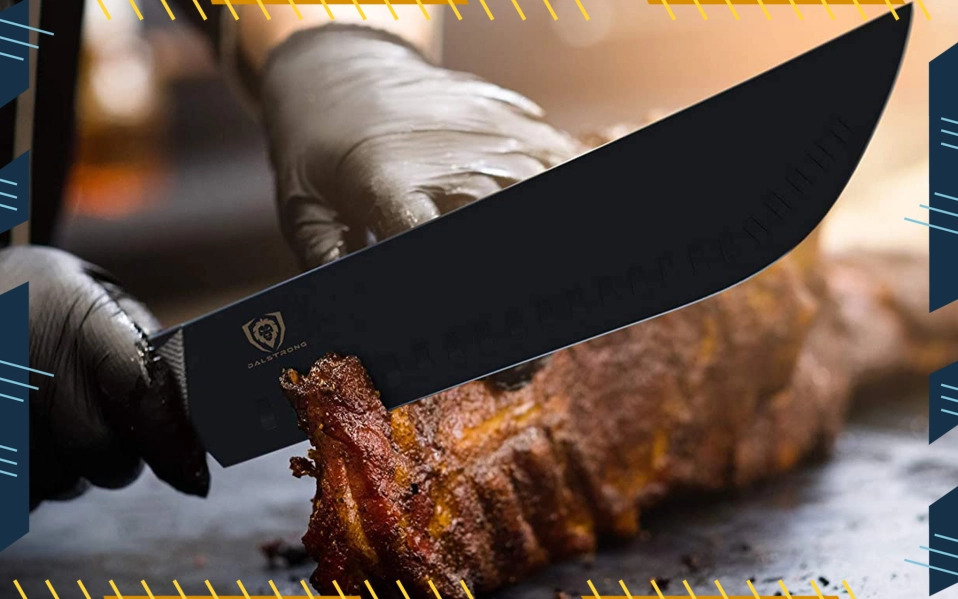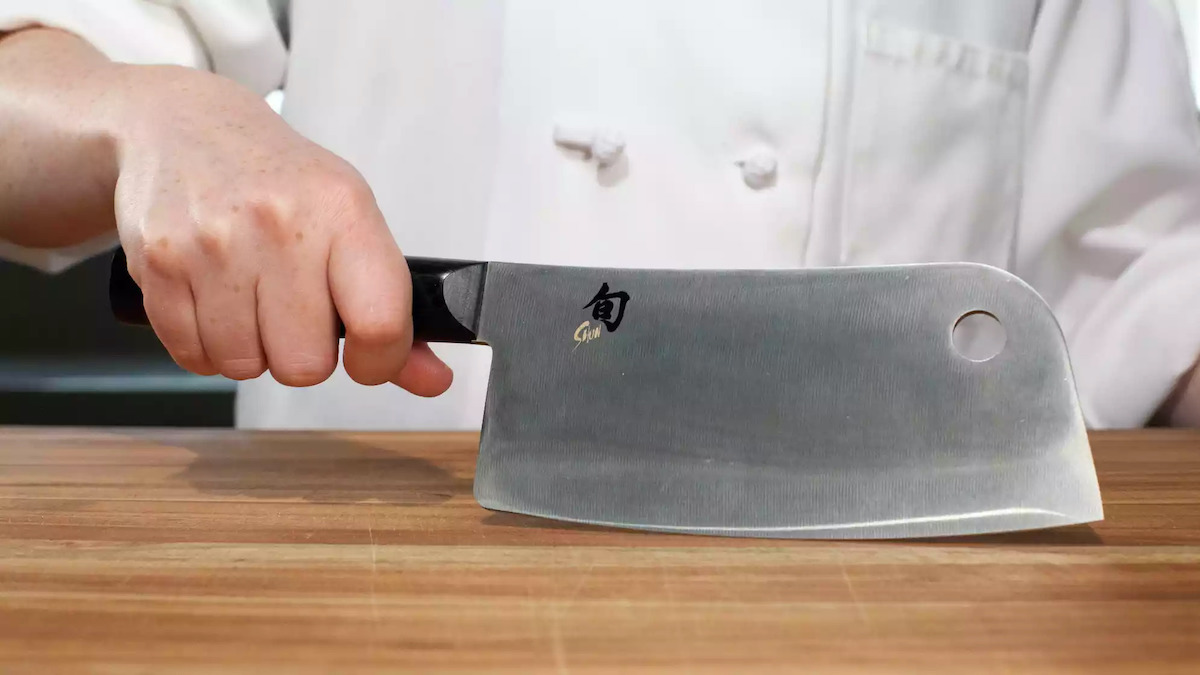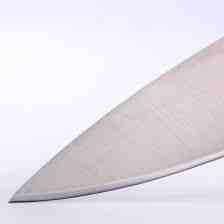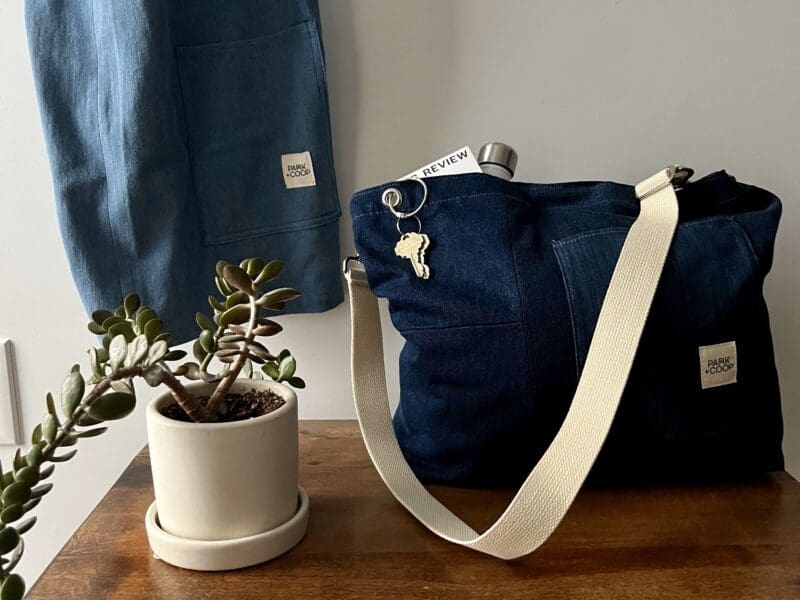
What is a Butcher Knife? Our Complete Guide
If you’re on your way to mastering home cooking, your next big step is to take ownership of food preparation by cutting your own meat. That’s right – no more buying those cuts predetermined from the supermarket.
Just think about it for a moment; in the kitchen, you have control over the spices you use. You decide the length of time you grill your steak or the pork chop temp to ensure perfectly cooked meat. So why wouldn’t you also want control over the cut of your meat?
And to cut your own meat, you need a butcher knife.
As you might imagine, the term “butcher knife” is more than just a single type of knife – it encompasses several different types of knives, each used for different purposes.
Does this mean you need to buy four different types of knives in order to be a good home cook? No, of course not. Most home cooks do perfectly well with just a chef’s knife. But it does mean that when you’re in the market for a new kitchen knife, you should carefully consider what you need it for to enable you to get the best tool for the job.

What to look for in a butcher knife
A few things set butcher knives apart from everyday chef’s knives. The main thing is the design of the blade: it’s meant to be used with raw meat, so it has a curved blade and tends to be considerably heavier to facilitate the process of cutting through sinew, cartilage, skin, and bones.
Comfort
The handle is extremely important, and that’s because if you’re going to be doing some strenuous knife work, you need to make sure it’s an ergonomic handle that feels good to hold.
When working with raw meat, things tend to get slippery. So, look for a handle that features a textured surface to avoid slipping. Knife handles with high nylon content are good for this.
Blade
If possible, look for blades made of high carbon steel, which will aid durability and strength. It’s common for professional butcher knives to feature a high carbon stainless steel edge, but you will also find blades made of stamped steel. These are more flexible, but they lose durability and strength over time.
Design
Many people scoff at this, but hey, who doesn’t want a knife that looks cool! This isn’t just a mere tool; they’re also an expression of your personality and individuality, so don’t be scared to pick a butcher knife that says something about you.

Different types of butcher knives
As we mentioned, there’s more than one type of butcher knife to choose from. Let’s go through the options.
The meat cleaver
The iconic meat cleaver. This is what most people probably think of when they think of the butcher knife.
The meat cleaver is a large knife with a very distinctive, rectangular hatchet shape. The blade is often made of stainless steel blade because this provides the necessary weight and power for brute force tasks, such as splitting up bones and cutting thick pieces of meat. And yes, this can be used for non-butchery-related tasks; with some practice, you could even learn how to cut a pomegranate with this menacing-looking tool.
The traditional butcher knife
Also known as the “English butcher knife”, this was the primary tool for butchery for many years. It’s still around, and it’s very popular, though it’s no longer the most used tool for butchery, and this is thanks to the design of more specialized tools.
This knife features a wide blade with a slight curve at the tip and can be used for various meat-cutting tasks.

The breaking knife
A breaking knife is designed for cutting large sections of meat into smaller cuts. It features a long, curved blade, making it easy to achieve a clean cut through touch skin and cartilage.
The boning knife
The boning knife, as its name implies, is used to get bone out of the piece of meat. They come with both straight snd curved blades, with the latter being preferred for its versatility. This knife is generally used for skinning, trimming, and slicing small pieces of meat.
Final thoughts on Butcher Knives
Whether you’re trying to paint a wall or fixing your car, you need the right tools to get the job done. Cutting meat is exactly the same.
When you have the correct butcher knife, you no longer need to rely on others’ interpretations of what the right cut of meat is. Instead, you can get the perfect thickness of steak and a tidily trimmed joint, just the way you like it!







